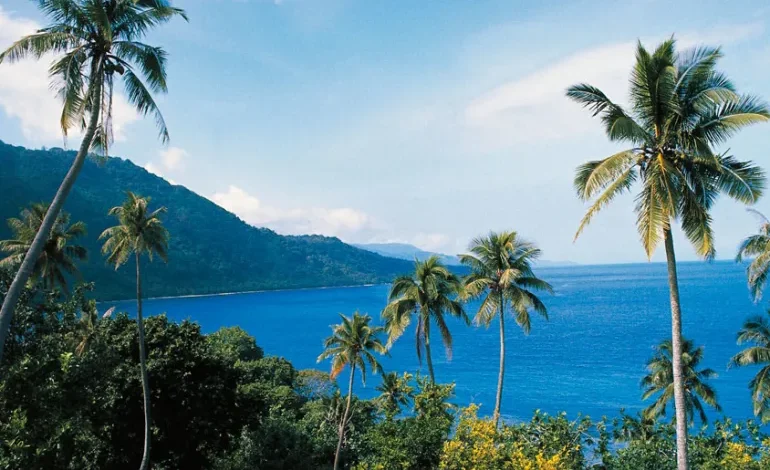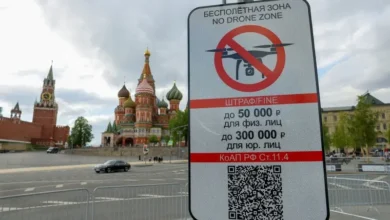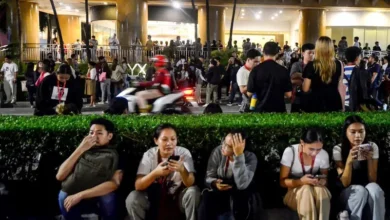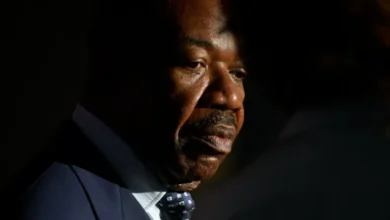Paradise prison: How 107 Bangladeshis became enslaved on a Pacific island

When Bangladeshi businessman Mustafizur Shahin left for a job opportunity overseas he did not expect to be held captive on a Pacific island, forced to work without pay, physically abused when he complained and saved only after he made a daring escape.
What had promised to be a chance of a lifetime, working with a millionaire entrepreneur and his chain of clothing boutiques, turned out to be a case of modern-day slavery where the threat of physical injury and even death hung over 50-year-old Shahin.Shahin said he felt he was “a living dead body” when recounting events that brought him from the streets of Bangladesh to the shores of the Pacific nation of Vanuatu to toil in slavery with little food and in constant fear.
“I couldn’t speak. My heart was broken,” Shahin would tell police after his escape.
“All my dreams and expectations were mixed with dust,” he said.
Shahin is just one among more than 100 Bangladeshi men brought to the tiny nation between 2017 and 2018 as part of a scheme headed by fellow Bangladesh national, Sekdah Somon, a trafficker who posed as the owner of an international chain of fashion boutiques.
The case of the 107 Bangladeshi men would become the largest documented incident of human trafficking and slavery in the Pacific Islands region.
Yet, five years after Shahin’s and his colleagues’ abuse and torture first came to light, authorities fear countries such as Vanuatu continue to be destinations for vulnerable people seeking a better life, only to be conned and forced into illegal immigration and slavery.Understanding how the abuse of 107 Bangladeshi men passed unnoticed for so long, despite warning signs, shows how seemingly legitimate foreign recruitment operations have come to disguise criminal networks, and the vulnerability of the Pacific Islands to trafficking operations.
Shahin’s ordeal began in June 2018, when he met associates of Bangladeshi businessman Sekdah Somon at a bus station in Tangail, northwest of Dhakar.










